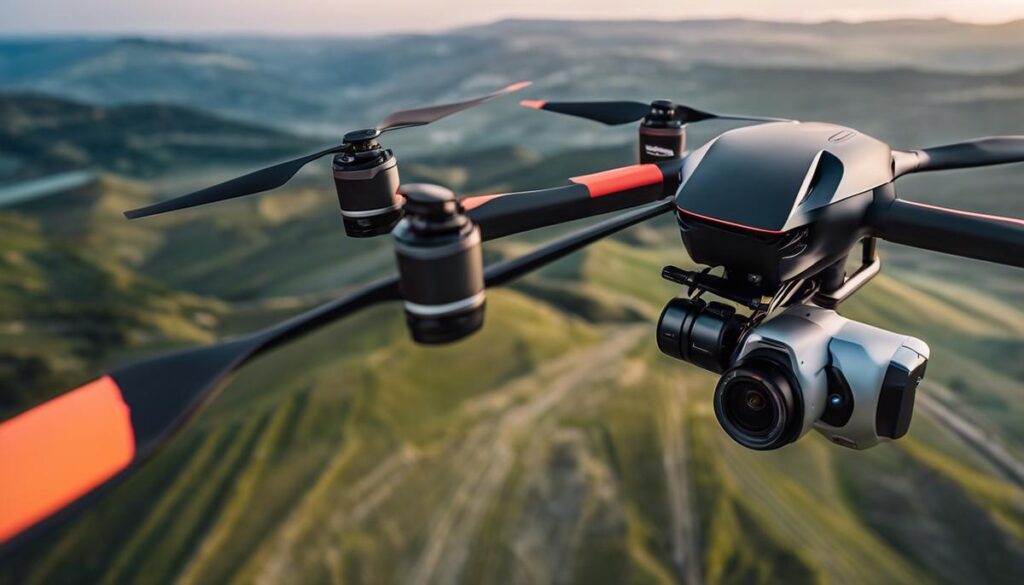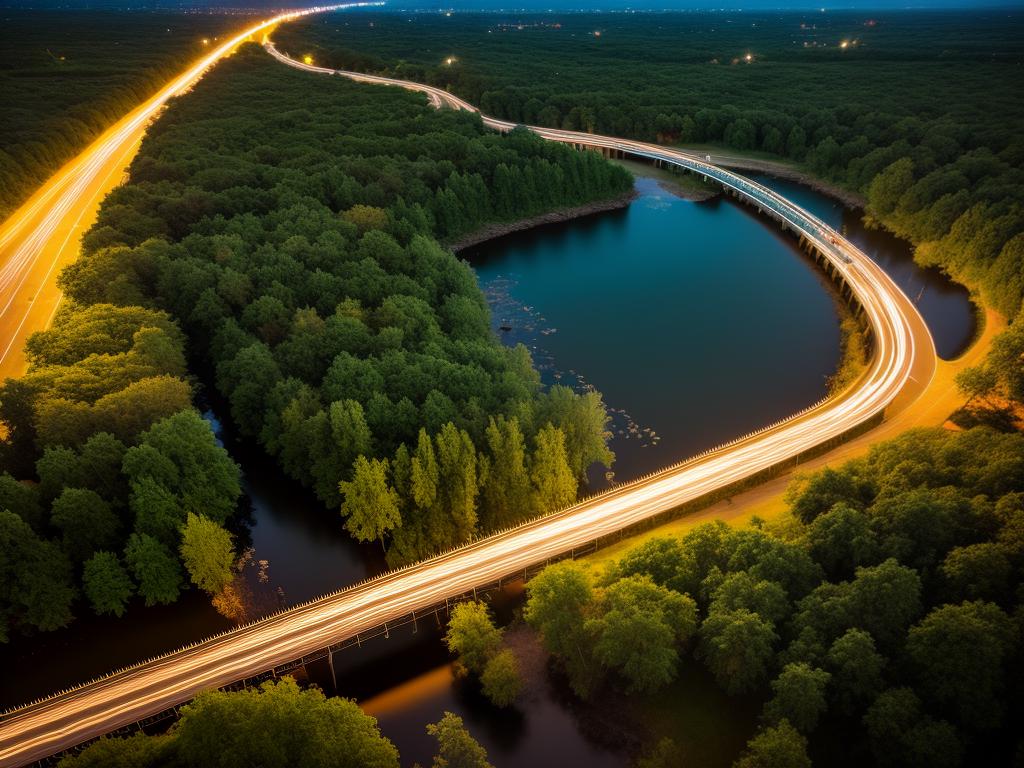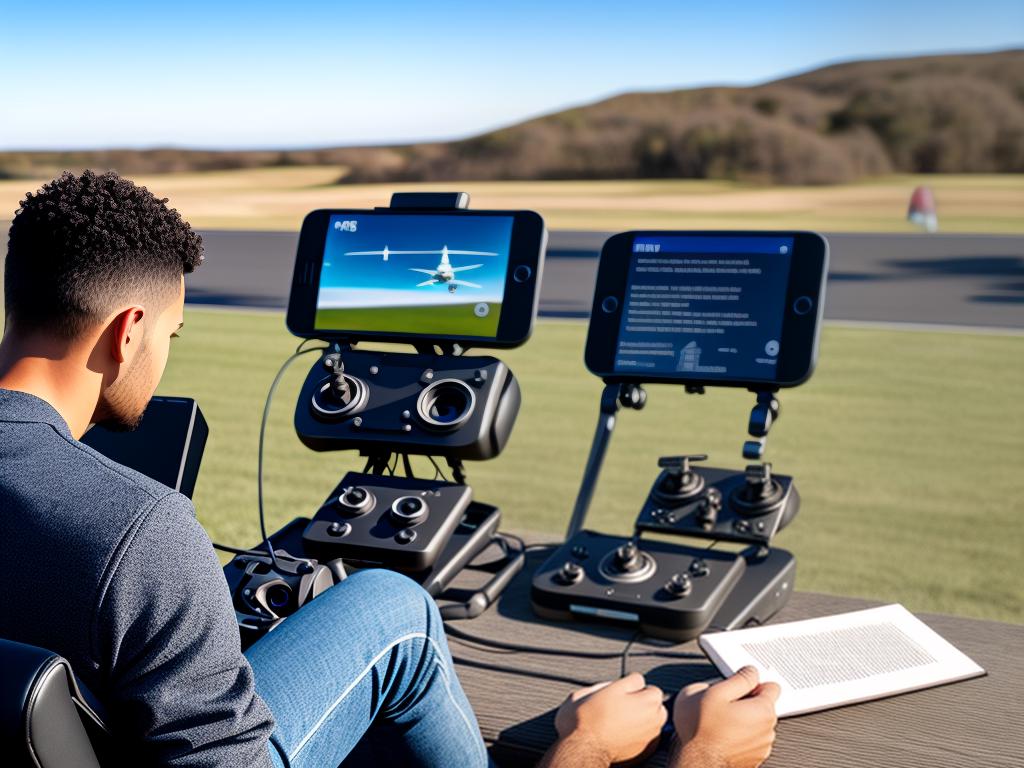The marvel of aerial cinematography and photography brought to life by drone technology has profoundly revolutionized the media landscape. Specifically, DJI’s innovative drone gimbal stabilization technology plays a significant role in this exciting new era. This paper seeks not only to simplify the complex notion of Gimbal Stabilization but also to afford a comprehensive look at DJI’s superior stabilization technology that leads the pack. Additionally, it aims at empowering every drone operator with troubleshooting skills to resolve common gimbal issues and strategies to fully exploit the potentials of a DJI drone gimbal.
Understanding Gimbal Stabilization
The world of drone photography is exhilarating, offering perspectives never before achievable. But, capturing steady, professional-grade footage from the sky is a considerable challenge, with factors like wind currents and sudden movements often creating shaky, blurred results. Enter Gimbal Stabilization, a revolutionary technology that has truly changed the game for drone enthusiasts and professionals alike, particularly those flying DJI drones. In this article, we will delve into the fascinating mechanics of Gimbal Stabilization and its role in enhancing DJI drone experience.
First, let’s get into the nitty-gritty – what exactly is a gimbal? Essentially, a gimbal is a pivoted support mechanism that allows an object to remain steady, regardless of the movement of the supporting platform. This mechanism has three axes of rotation – the pitch, the roll, and the yaw – which correspond to up/down, left/right, and tilting motions respectively.
So, how does Gimbal Stabilization work? Simple. The core role of this technology is to counteract the unwanted movements and vibrations from the drone to deliver smooth, crystal-clear images or videos. Like a well-oiled machine, gimbals use sensors to detect when the drone is tilting, turning, or shaking. Once the sensor picks up this motion, it communicates to the gimbal’s motors, which then counteract the movement and stabilize the camera in real-time.
Now that we have a basic understanding of Gimbal Stabilization, let’s talk about how DJI drones utilize this technology. Arguably the world’s leading drone company, DJI has integrated gimbal technology into many of their devices, transforming their functionality. In particular, popular models like the Mavic and Phantom series utilize 3-axis gimbals to keep their cameras steady, even at high speeds or in strong winds.
The gimbal on a DJI drone is made from brushless motors, each managing one of the three axes. The drone’s flight controller sends information to the motors via an Inertial Measurement Unit (IMU), which measures acceleration and angular rate using accelerometers and gyroscopes. As the drone moves, the motors on the gimbal rapidly react to the changes, keeping the camera level and stable. All this happens in the blink of an eye, offering users high-quality, cinematic footage.
Moreover, DJI drones allow users to manually control the gimbal, adjusting the camera’s angle as necessary. This added flexibility facilitates creative expression, empowering drone operators to capture exceptional shots from various perspectives.
In conclusion, Gimbal Stabilization is an integral feature for any serious drone flier, and in partnering with DJI drones, it truly shines. Through this sophisticated technology, DJI drones provide unrivaled stability and precision, producing clear, professional-grade photos and videos from the sky. The next time you see a stunning aerial shot, remember – it’s not just the drone doing the work; it’s the technological genius of the gimbal that deserves a share in the limelight. With the continued advancement in drone technology, it’s thrilling to imagine what the future holds for Gimbal Stabilization and drone photography. Stay tuned!
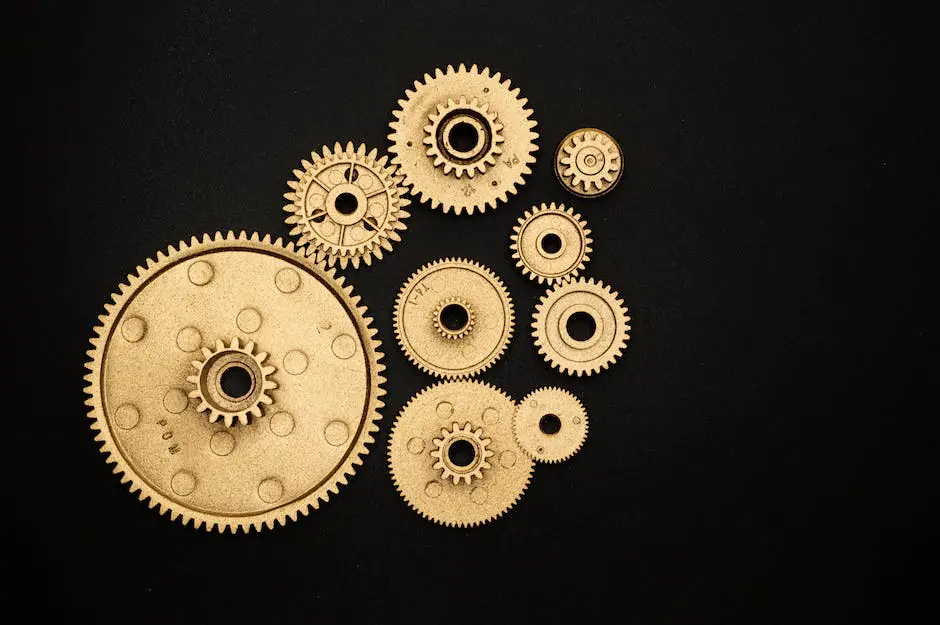
Exploring DJI’s Superior Stabilization Technology
DJI drone stabilization, a remarkable achievement in technology, undeniably stands out from the rest of the drone market. One crucial reason for this dominance lies with DJI’s advanced FlightAutonomy system. This system uses vision sensors, ultrasonic sensors, and complex algorithms to create an absolute navigation system. It’s like giving the drone a sixth sense, enabling it to avoid obstacles in real-time for safer flight. In contrast to other drones, which might just stop in their tracks when facing an obstacle, DJI’s drones with FlightAutonomy can smartly plan a path around the object, providing smooth and seamless filming.
Apart from FlightAutonomy, DJI’s drone stabilization system banks on their proprietary ActiveTrack technology. Enabling users to select a subject to track, the technology takes on the heavy lifting of following the subject while keeping it perfectly framed in the center. It uses machine learning algorithms, computer vision, and advanced flight controls to literally follow the subject, irrespective of how it moves. This technology essentially hands over professional grade filming to anyone who can fly a DJI drone.
Thirdly, the introduction of the OcuSync transmission system by DJI is a groundbreaker. This technology offers a more reliable and far-ranging live HD video transmission that ensures smooth and stable footage by minimizing latency and flickering. The distinctive feature about OcuSync is that it automatically changes its frequency of operation between 2.4 GHz and 5.8 GHz to avoid interference, a facet not offered by other drone manufacturers. This ensures that the users will always have the best quality live feed and control of their drone, increasing the drone’s operational distance and providing crystal clear footage.
Lastly, DJI’s drone stabilization excels in its mechanical decoupling of gimbals capability, which is not commonly adopted in the market. In other words, it means that DJI drones separate the movement of the gimbal from the drone. Without this aspect, any movement by the drone would have shown in the video or photo. However, with DJI drones, even when the drone is moving up, down, or swirling around due to wind, the gimbal remains steady, capturing smooth footage just as if it was taken on a tripod on the solid ground.
In conclusion, with its leading-edge technology, DJI has set a new bar that others in the drone market are trying to reach. They’re not just technically sophisticated, but they’re made with the user experience in mind, making them a go-to choice for both hobbyist drone flyers and professional cinematographers. DJI’s drone stabilization overwhelms the market with intelligent, automated, and smooth filming capabilities that can make virtually anyone feel like a professional videographer. With all this tech packed in, DJI drones are a true marvel to behold.

Troubleshooting Common DJI Gimbal Issues
As revolutionary and state-of-the-art as DJI’s gimbal stabilization has proven to be for drone photography, it’s not without its fair share of issues. Users worldwide, from novices to seasoned pros, have occasionally faced complexities that merits troubleshooting. While it’s true that drones technology is pretty well-curated, minor discrepancies can stem from various causes, including software bugs, user errors, or hardware malfunctions.
One common problem faced by users involves the gimbal initializing improperly, causing the camera to emit a skewed or slanted horizon line. This, in most cases, can be rectified by manually calibrating the gimbal via the DJI Go app. However, if the issue persists, it might be a case of improper mounting of the gimbal or a motor overload, further requiring a thorough physical inspection.
Similarly, a ‘Gimbal Overload’ error message might dampen your drone experiences; your drone’s inability to keep the camera stable during flights or a detached lens could be probable causes. To tackle this, rest your drone on a level surface, ensuring enough clearance. Or better still, opt for a soft reset of the drone and the controller, generally a surefire way to resolve software glitches.
Alternatively, another issue you might encounter is the gimbal not moving horizontally or vertically. More often than not, it’s a case of the mode switch slider resting in the free instead of follow position or vice versa. This slider is found on the Go app interface and controls the gimbal’s motion concerning the drone.
Additionally, the dreaded ‘Gimbal Disconnected’ error message signals trouble in paradise. While it may just be a glitch in the DJI Go app needing a simple restart, it could denote significant underlying issues such as damaged cables or dislocated connectors, necessitating professional help.
Thermal issues also plague many DJI drones. An ‘overheating’ warning sign on your drone might point towards a gimbal problem. Dust or other particles might clog up the vents, leading to insufficient airflow and higher temperatures. Regular cleaning and maintenance of the drone can help prevent this inconvenience.
Furthermore, for issues where the gimbal behaves erratically, conducting an advanced IMU calibration could rectify the problem. The complex algorithms processing the data from both the gimbal and the drone must align perfectly, and any discrepancy could result in such curious issues.
In conclusion, trouble with DJI’s gimbal stabilization can quickly turn a flying session into an ordeal. However, understanding the root cause and deploying simple, yet effective, solutions can often resolve these complications. Most importantly, keeping software updated, ensuring regular maintenance, and using the drone within the prescribed guidelines will promise exciting drone experiences.

Maximizing the Potential of Your DJI Drone Gimbal
Fine-tuning DJI’s gimbal stabilization for advanced drone imaging requires understanding of precise calibration techniques and troubleshooting solutions. Making full use of this technology requires a balance of technical know-how and creative vision.
Taking into account DJI’s complex FlightAutonomy system, stabilizing the gimbal requires tuning settings through the DJI App. Ensure optimal performance, by setting the Gimbal Yaw Smoothness to a higher value for gradual deceleration while panning. Conversely, reducing the value creates sharper directional changes. This caters for various filming conditions – from gradual panoramic shots to quick snapshots.
Mastering gimbal speeds is crucial in capturing impeccable shots. Utilize DJI App’s accessible control settings by adjusting the Gimbal Pitch Speed – thus controlling how quickly the camera moves up and down. A lower speed assures smoother footage, whereas a higher speed captures quick action shots effectively.
Moreover, this high-grade tech provides ‘Gimbal Tilt Limit’ settings allowing for creative filming angles. By disabling this feature, the camera continues to look up, even while flying forward. Pushing the boundaries of typical drone footage.
Next, explore the potential of DJI’s ActiveTrack technology. Select a subject on the screen, and the drone follows, keeping the subject in frame – perfect for dynamic, moving shots. The innovative OcuSync transmission system delivers high-resolution, real time camera view, ensuring the pilot is in control at all times.
However, like any tech marvel, gear malfunction occurs. Issues like gimbal initializing improperly, gimbal overload or disconnection errors, mode switch slider problems, thermal issues, and erratic behaviors require immediate attention. Some solutions involve resetting the gimbal, adjusting weights, ensuring firm cable connections, or even conducting an advanced IMU calibration.
An incorrectly initialized gimbal causes a skewed horizon line in videos. Switch off the drone and place it on a stable surface, then switch it on again – the gimbal should automatically calibrate to level. Persistent issues might require a more intricate calibration through the DJI App.
The thrill of capturing breathtaking footage through drones is fun, exciting, and rewarding. The fusion of powerful technology, like DJI’s advanced gimbal system, with intuitive controls and trouble-shooting know-how, allows anyone to shoot like a professional. But remember: Even cutting-edge tech needs regular updates, maintenance, and a human in sync with it. Strive to understand, rectify, and embrace challenges for an optimized drone imaging experience. After all, mastering technology is a journey, not a destination.
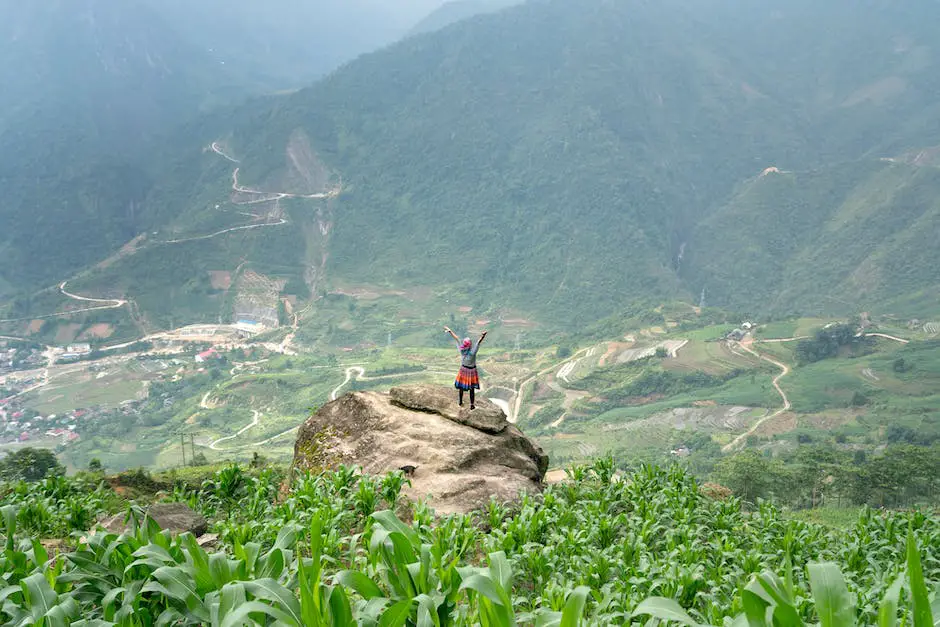
Embracing DJI’s revolutionary gimbal stabilization technology does more than merely improving the quality of your aerial footage. It fosters a greater sense of control and enhances the overall drone flying experience. With the in-depth understanding of the technology dissected herein and the solutions provided to common challenges, drone operators can confidently navigate their equipment to new heights. Lastly, by employing the recommended strategies to maximize gimbal usage, they can fully immerse in the astonishing possibilities that DJI drone gimbals offer.
Originally posted 2024-01-10 01:09:19.

